When it comes to going off the grid, whether it’s backpacking, hunting, or fishing, water is a basic need. One can survive for weeks without food but only days without water. Unfortunately, humans are not equipped to drink water from natural sources like streams, rivers, or lakes. If we do, it’s like playing Russian roulette with our underpants — we risk contracting various gastrointestinal illnesses that often result in diarrhea and vomiting, aka Beaver Fever.
With a liter of water weighing over 2 pounds, simple math rules out the possibility of carrying all the clean water one would need for a multi-day trip; instead, we need to carry a way to sterilize our water. The four most common water sterilization methods are filters, chemicals, boiling, and ultraviolet light, and each has its pros and cons.
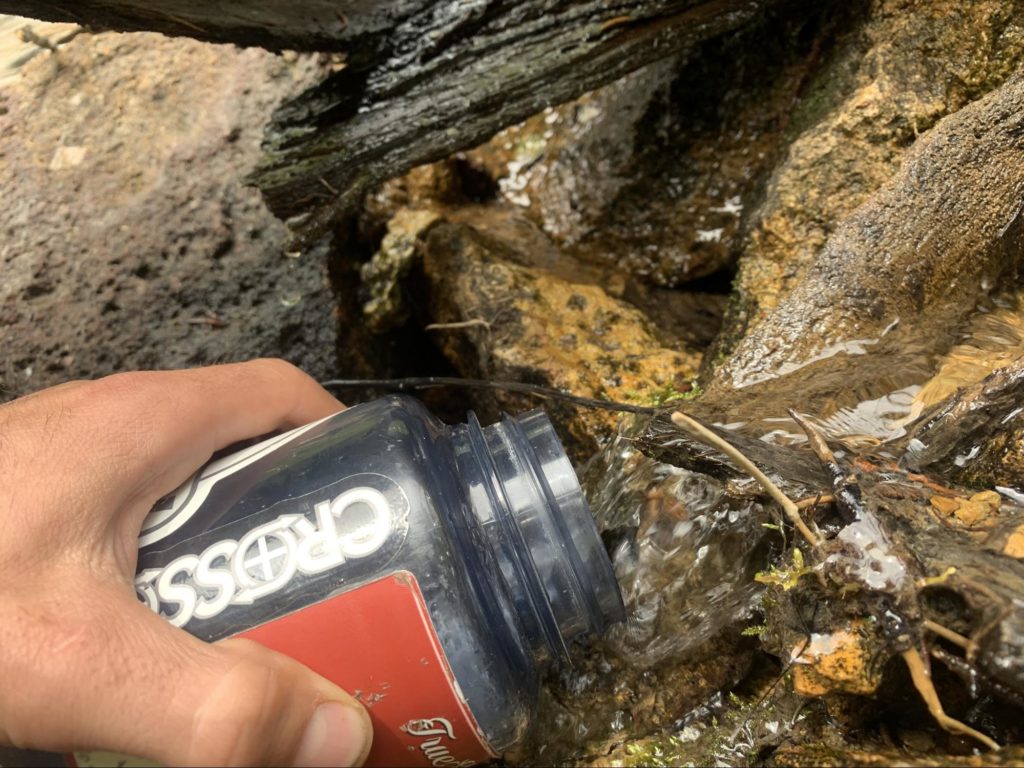
BOILING
There are many more cons when it comes to boiling compared to other methods, so we’ll get it out of the way first. The Centers for Disease Control and Prevention recommends a rolling boil for one minute to sterilize water. When you’re living out of your pack, ounces equal pounds and pounds equal pain. I want to get the most out of my gear, and for that reason boiling is only an option if there is no other viable method. I generally only carry one 8-ounce fuel canister for my stove and only use my stove to heat water for food and coffee.
PROS
- One of the more effective methods for sterilizing water
- Can be used in an emergency if you have a pot and heat source
CONS
- Requires more fuel or a heavier pot to be placed in a wood fire
- You have to wait for the water to cool to drink it
- Requires you to start a fire anytime you need clean water
- Between fire starting and cooling time, it takes longer than other methods
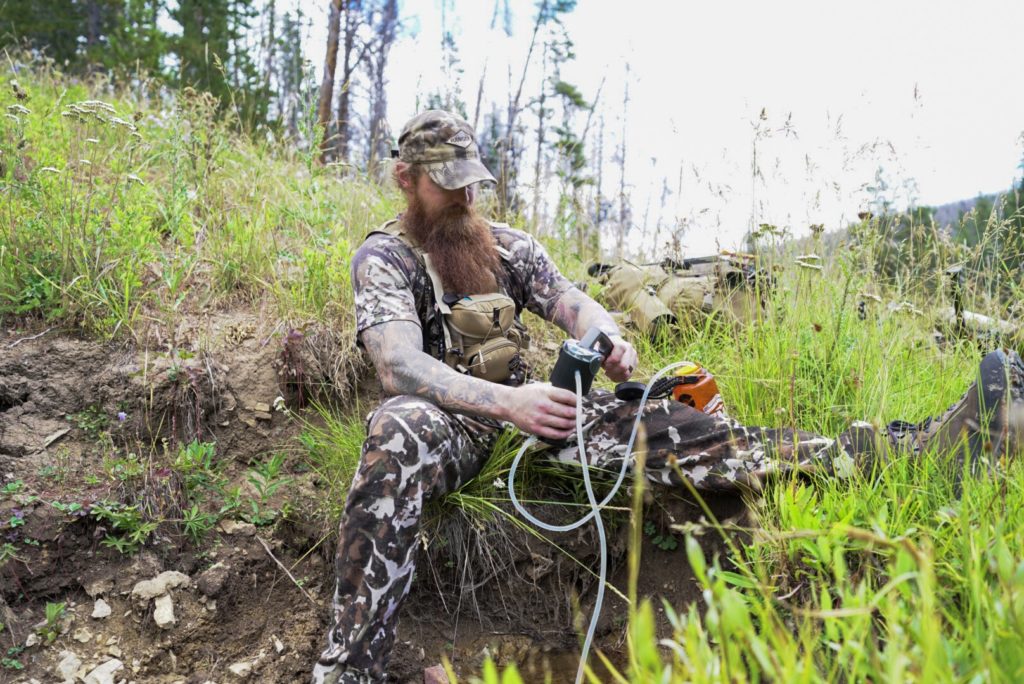
FILTERS
Filters are probably the most popular and well-known method of water treatment. Chances are that even if you aren’t an outdoorsy person, you have heard of a LifeStraw, a type of water filter that allows you to suck water straight out of a mud puddle. Filters come in all shapes and styles; there are pump filters, squeeze filters, gravity filters, and direct-from-the-source filters like the LifeStraw that clean the water as you suck it into your mouth. Filters have microscopic pores that remove protozoa and bacteria (things that give you beaver fever). A water filter is a good choice if you’re in an area that has a lot of stagnant murky water. NOTE: If using a filter in freezing temperatures, ensure that the filter housing is empty before storing or the filter could freeze and crack, becoming ineffective.
PROS
- You can pump water from shallow sources
- Keeps debris out of your water
- Makes even dirty, muddy, or murky water clear
CONS
- Generally heavier and bulkier than other methods
- Pumping or squeezing filters are labor intensive
- The more you use a filter, the longer and harder sanitation becomes as the filter’s pores are clogged with debris

ULTRAVIOLET LIGHT
My preferred method of backcountry water sanitization is ultraviolet light. I carry a SteriPEN Classic on nearly every trip I take into the backcountry. SteriPEN sterilizes up to one liter of water using ultraviolet light. Simply fill your bottle and stir for 90 seconds. UV purifiers are best used when there is running or clear water; they are not as effective in cloudy water because the light can’t travel all the way through the water. NOTE: It’s best to use a bottle with a cap that you can completely remove to ensure that only purified water touches the cap.
PROS
- Quick and easy to use
- Not labor intense — just fill your bottle, stir, and enjoy
- Smaller and lighter weight than a filter
CONS
- Requires batteries or a power source to recharge, depending on the model
- No pre-filter, so there may be some debris in the water (a cloth or shirt can be used as a pre-filter if desired)
- Anything electronic has the potential for failure
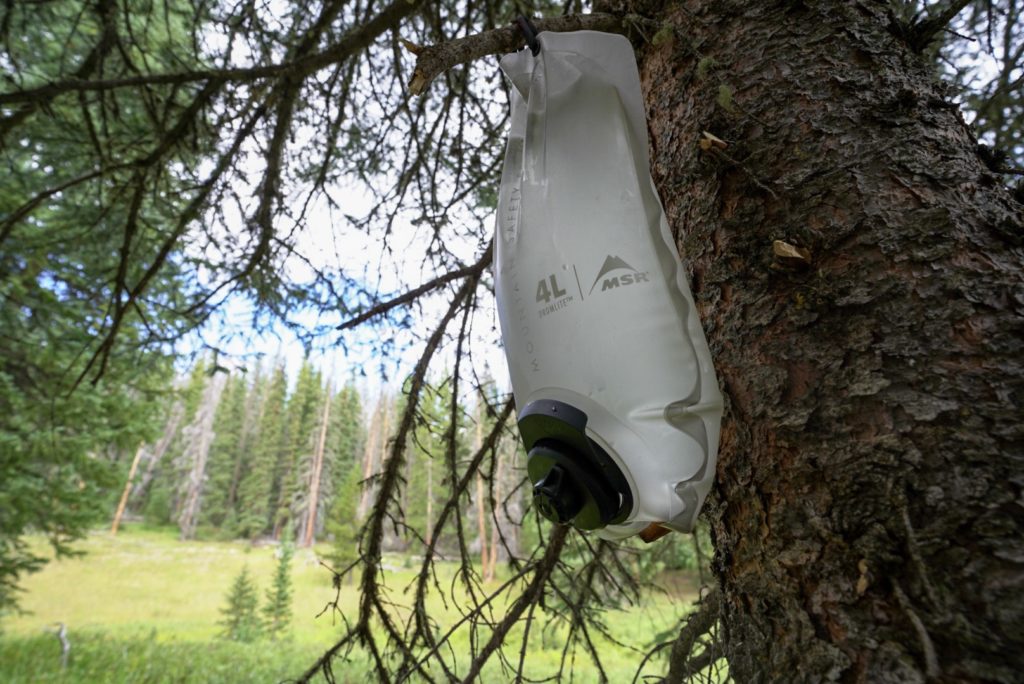
CHEMICALS
Chances are that if you live in town or use city water, your water has been chemically treated as well as filtered or UV treated. In terms of backcountry water treatment, chemicals usually come in two forms: liquid or pill-like tabs that dissolve in the water. Some chemicals, like iodine, have a strong taste, while others have a hint of chlorine, similar to tap water.
PROS
- Lightweight, compact, and easy to use
- Inexpensive
- Good for sterilizing larger amounts of water (4-6 liters)
CONS
- Taste (depending on the product)
- Time — depending on water temperatures, you’re required to wait at least 30 minutes after treatment before consuming
- Some chemicals, like iodine, discolor the water
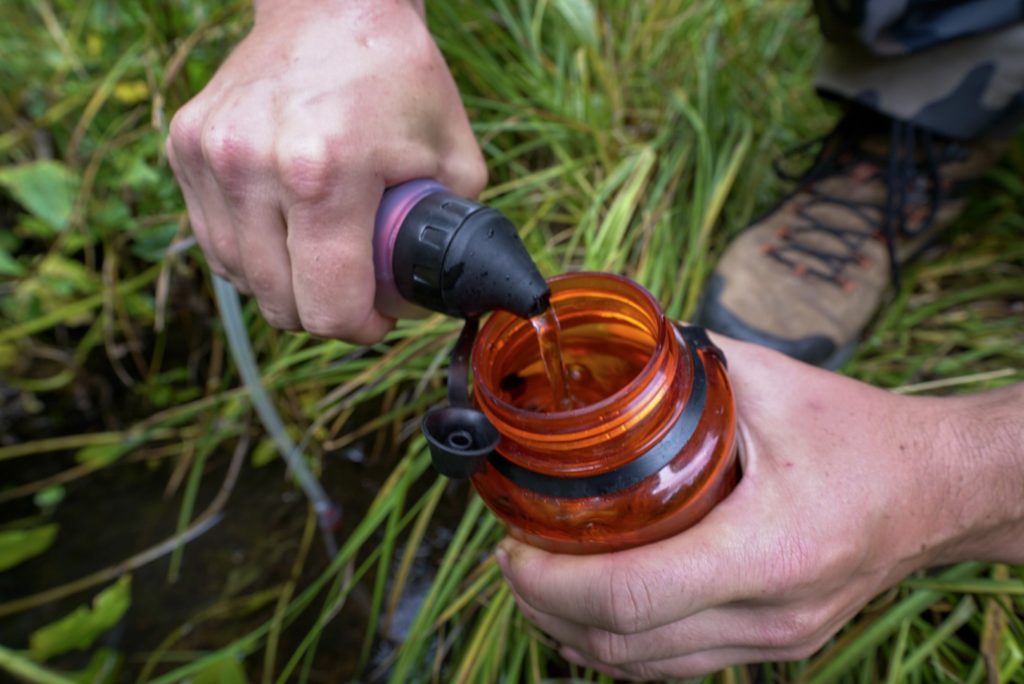
My go-to system is UV with a chemical backup in the form of Aquamira. Aquamira is a two-part liquid chemical compound that creates chlorine dioxide when mixed, which is said to be less harmful and more effective at eliminating some of the most common culprits of waterborne gastrointestinal illnesses. Aquamira has little to no chemical taste — at worst it tastes like tap water. I carry an empty MSR Dromlite 4-liter bladder for camp water and fill it up when I’m getting close to where I want to camp, or at my last water point before camp, and treat it with Aquamira. I use the SteriPEN for my Nalgene bottle, filling up and sterilizing every time I cross water. This system hasn’t failed me yet. I also always have a pot and cook stove, so if I’m out overnight and off the grid, that gives me three options for water sterilization.
When you’re venturing into the wilderness, always make sure you know how to use the gear you’re depending on — and always have a backup plan (or two).
This article was originally published Jan. 22, 2020, on Coffee or Die.



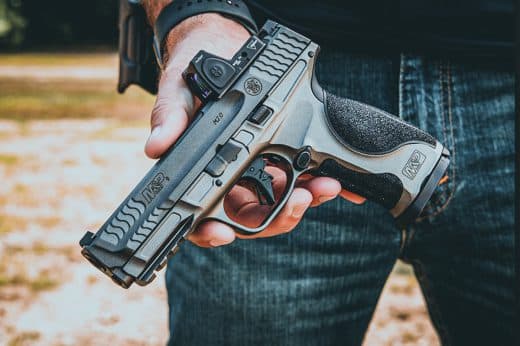
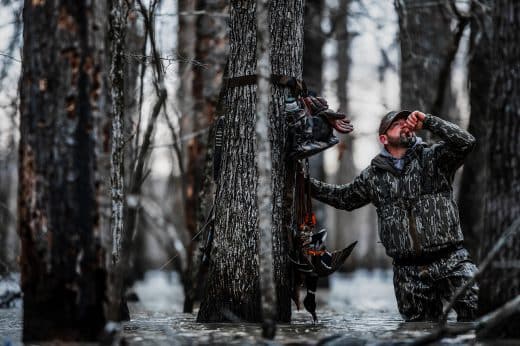
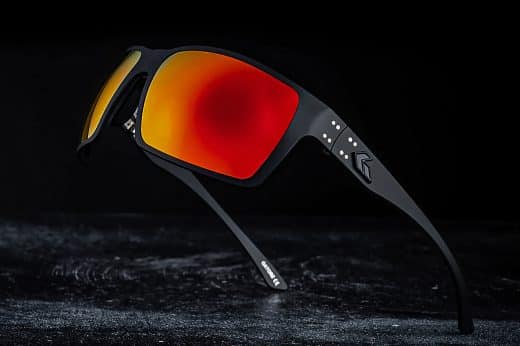


Comments